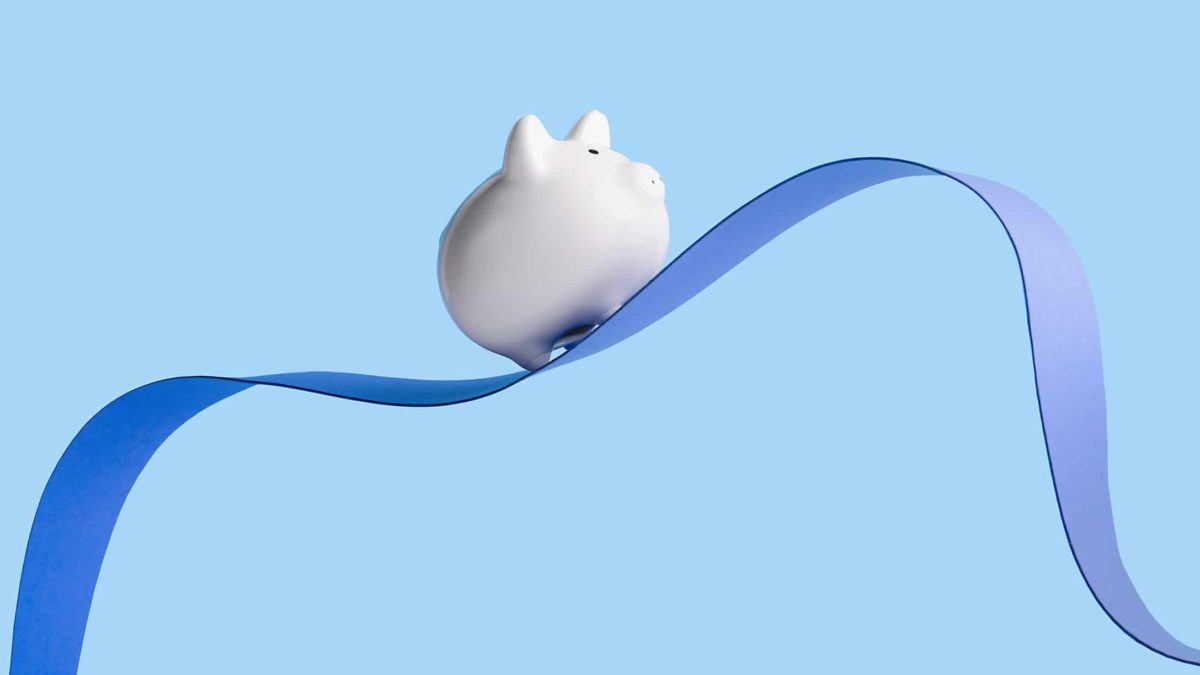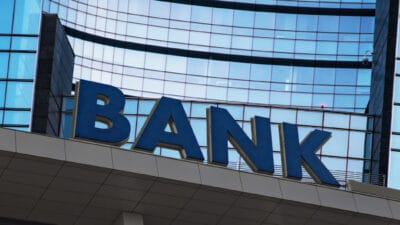Key points
- Shares in banking giant Westpac Banking Corporation are edging lower today.
- The bank's chief economist, Bill Evans posted a research note outlining its changes to interest rate forecasts.
- The RBA reckons there is close to zero probability of a rate hike occurring any time in 2022.
- In the last 12 months, the Westpac share price has fallen over 2% in the red.
Shares in banking giant Westpac Banking Corp (ASX: WBC) are edging lower today and now trade less than 1% in the red at $21.05.
Whilst there's been no market-sensitive news released out of the major's camp today, the bank's chief economist, Bill Evans posted a research note outlining its changes to interest rate forecasts. Let's take a closer look.
What's Westpac saying about interest rates in 2022-24?
Evans expects the Reserve Bank of Australia (RBA) central bank will begin tightening interest rates in August this year, ahead of previous estimates of a February 2023 hike.
"Developments since then have now prompted us to bring forward that tightening date to the meeting on August 2, 2022", Evans noted in the report.
The economist reckons the central bank will kick things off with a 15 basis point hike in August due to hot-running inflation, followed by another 25 basis points increase in October.
In fact, in the research note released today, Evans explained that he forecasts 5 rates by the RBA from 2022 through until 2024, a step above previous expectations, and above his estimates for the US Federal Reserve.
This revised timing for the first move "is still well short of market pricing which is for the first hike to occur in June".
The RBA isn't so sure. Governor Phillip Lowe, who heads up the RBA outfit, reckons there is close to zero probability of a rate hike occurring any time in 2022.
In fact, the RBA alluded to a period of flat wages growth and mediocre inflation until 2023, a direct contrast from other viewpoints on the direction of the economy.
With respect to inflation, Evans notes that Westpac forecasts underlying inflation to reach 2.4% in 2021 and 2.9% by midway through 2022.
This is important, according to Evans, as it means that "by the time of the August [RBA monthly] meeting the [RBA] board will have observed three consecutive quarters in which annual underlying inflation has achieved or exceeded its target (around the mid-point of the 2-3% range)".
How did he get here? Using the latest figures outlining payroll data from the Australian Bureau of Statistics (ABS), Evans notes that wage growth is occurring faster than the RBA recognises.
For instance, the most recent payrolls report out of the ABS showed the total wage bill grew 9% year over year in December, implying a circa 6% lift in the wage price index.
But the data also excludes key metrics like bonuses, hours worked and changes in the workforce, and the "sharp increase in this annual growth measure in recent months certainly bears consideration", according to Evans.
"We expect quarterly growth in the Wage Price Index to increase from 0.6% in the September quarter to 0.7% in the December quarter, to be followed by 0.8% in the March quarter".
Concluding the report, Evans noted:
Our forecast revisions reflect a much faster lift in inflation and wages growth than envisaged last June. While we have shaved our growth rate in 2022 due to the omicron-related contraction in consumer spending in January we do not see that as being significant for our wages/inflation/ employment profile. The FOMC has now acknowledged that the conditions for a tightening of policy have arrived and, while less urgent, we think the RBA will do the same by August.
In the last 12 months, the Westpac share price has fallen over 2% in the red, after sliding another 1% from January 1.









